This is a relatively simple structure, but if utilised and actioned correctly, it can help you become truly boundaried and operate on your terms.
It’s all very British of us to have trouble saying ‘no’. But, in order to gently exert boundaries, it is an absolutely essential tool – in business, in communication, and in life in general.
Whether it is a request from a challenging boss, a tough client, or simply that you have limited energy or desire to engage in a combative conversation, being able to eloquently craft your refusal, or counter offer, can be worth its weight in gold.
But how do you manage the kind of 'no' which doesn't throw up a whole heap of issues? Simply acknowledge the request, future pace your response, and finally check in. Let me explain how we do this …
When the request is made, if you don't want to or can't agree, then you need to take control of the outcome and positively future pace what is
actually
going to happen. Use words like “absolutely”, “completely” and, “of course” to help reframe perception and soften the blow that you’re actually refusing to do as you’re being asked.
After you’ve told your conversing partner what is going to happen and the outcome this will cause, you need to gently check in. A phrase such as “Does that work for you” is sufficient. You are NOT asking for permission, so avoid questions like, “Is that okay?”. You’re simply ensuring that what you’ve said has been understood.
Making your communications as sensory as possible should help massively here, too. If you know their VAK (visual, auditory or kinaesthetic) language, then present it in the best way for it to be clearly received.
Let me show you an example:
It’s 4pm on a Friday and your boss dumps some work on your desk and says, “I need that by 5 o’clock”.
You would say, “Absolutely, Bob. I completely understand - big priority, huge project. Looking at workload, I can clear Monday morning and look at it personally and have it on your desk by 12.30pm. Does that work for you?”
Here we have an acknowledgment of what is being asked, future pacing the task to be more reasonable and suitable, before finishing with a gentle check in.
In theory, this is a relatively simple structure, but if utilised and actioned correctly, it can help you become truly boundaried and operate on your terms.

Meet the Author
As one of the UK's leading experts in the applied psychology of language, Fliss has helped Boards, leadership teams, and c-suite executives from across the world to communicate with influence, integrity, and impact. A psycholinguist, voice dialogue, and NLP Practitioner, Fliss is also trained in influence and persuasion, and behavioural psychology, and is a certified empowerment coach and trainer. Fliss heads-up The Ultimate Advantage, a dedicated language and communications mastery coaching and training consultancy, as well as Zen Communications, a successful PR and content agency. She regularly speaks on all aspects of compelling communication and is a popular podcast guest.
If you loved this then give it a share!


Download our guide to learn the five secrets to compelling communications.



